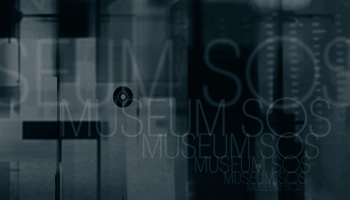

 |  |
 |
|
Minimizing Risk - The Bridge Between Collections and Staff Safety and the Design for New Wet Collections Facilities for the National Museum of Natural History 

Bryan L. Stemen ABSTRACT Using the new National Museum of Natural History Wet Collection Facility in Suitland Maryland as a case study, the presenters describe the collaborative effort that developed the design for a safe wet collection facility for storage, collections management, and research activities. The process used by the team from the Smithsonian and the consulting architects/engineers was, by necessity, highly collaborative, interactive, and iterative. Starting with a 3-day pre-design workshop involving 25 professionals, efforts focused on goal setting, assessing the space needs, sizing the building for collections growth, setting safety criteria for staff as well as developing the definition 'an event' with an acceptable loss, setting criteria above the requirements of prescriptive codes, and developing a building concept with systems that could create the highest level of safety possible to meet these criteria. Solutions were further informed by discussion with peer institutions and visits to other facilities. Over the course of design, the team of Collections Managers, Curators, Researchers, Smithsonian in-house architects and engineers with the Architect/Engineering design consulting team discovered that there were no applicable codes, guidelines or simple solutions that could be easily adopted. The solution developed was influenced by each stakeholder and shaped not only the building, but also the protocols that will change collections access, maintenance activities, and research. The facility design solution was impacted by the final definition of 'an event' and the interplay of many factors: evaporation from containers up to 100 years old, the size of compartments to contain 'an event', the ratings of structure and walls, the temperature of the facility, air-changes required to maintain a clean environment, the use of compact storage shelving, special lighting, fire protection systems, the definition of 'hazardous waste' acceptable to the local water authority, the available supply of fire protection water, soil conditions. Ultimately, all these factors influenced costs and outcomes including changing project scope. Lessons learned from this project will help all institutions meet the challenges of wet collections planning and design. DOCUMENTS
PDF Document LINKS |